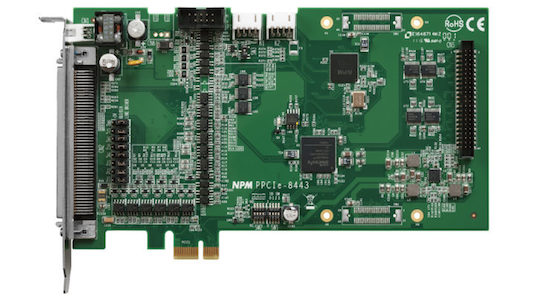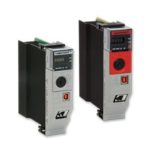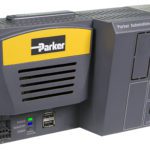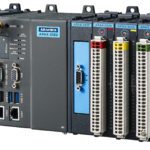Motion controller cards and boards can take the place of PCs in some types of control systems … and there are a few different configurations possible.
In one configuration, the motion card can be housed in box with I/O and networking connections and mounted directly to the machine or process it controls. Control programs can be uploaded to the cards via USB link or Flash drives. This type of setup works well with single axis control and where the motion is fairly simple and doesn’t require interfacing with other controllers.
Another configuration is either rack mounted or DIN-rail mounted. The well-established PCI bus is the most common form factor for motion control cards in rack systems and so is readily available.

Regardless of configuration, stand-alone motion cards can be networked together into larger, more complex multi-axis control systems. Typical options include USB, Ethernet, or other Ethernet-based connections.
However, stand-alone motion cards can also reside on PCs in some cases. The way it commonly works is that the motion control card, with a dedicated processor to handle motion control tasks requiring fast processing speeds, handles motion-critical tasks while offloading less demanding tasks to the PC processor.







Leave a Reply
You must be logged in to post a comment.